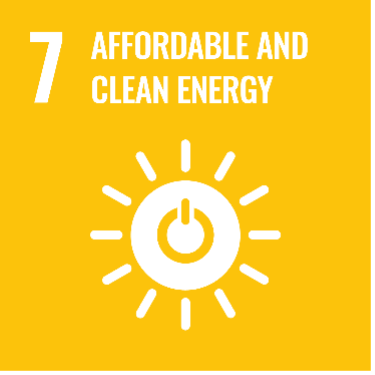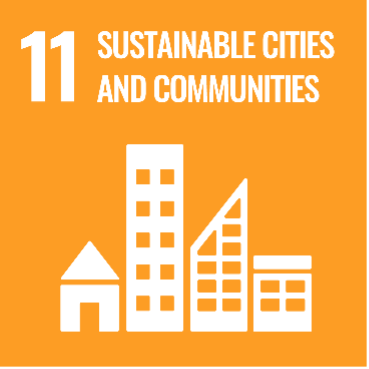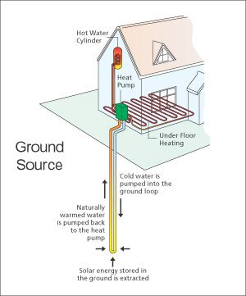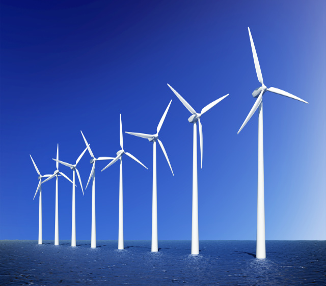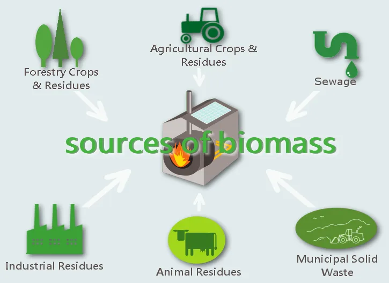Dias Haralambopoulos, C. Karagianni, D. Schaelicke
The University of the Aegean
Department of Environment
At the heart of the 2030 Agenda for Sustainable Development adopted by all United Nations Member States in 2015, are the 17 Sustainable Development Goals (SDGs), an urgent call for action by all countries in a global partnership (1). Three of the SDGs relate, either directly or indirectly, to energy production and use, i.e. No 7-Affordable and Clean Energy, No 11-Sustainable Cities and Communities, and No 13-Climate Action (Figure 1).
Figure 1. The SDGs related to energy.
Energy links people through a variety of means on a local and global partnership that goes beyond electricity and natural gas networks. Renewable energy flows with their local dimension have the potential to enhance these links on a community level by exploiting technologies for energy production and usage increasing sustainability and reversing climate change trends. Energy communities together with shifts in energy use patterns alleviate the need for new energy plants enabling people to become energy producers and at the same time promote energy efficiency measures.
Renewable energy comprises energy sources that are continually replenished in nature, i.e., energy flows coming from the sun, the wind, water, the heat of the earth, the biomass from plants. It also includes the energy from the waste, solid and liquid.
Today’s dependence on fossil fuels to heat and power homes and provide fuel for transport is not sustainable. Fossil fuels have a limited time horizon span and by burning them we pollute the environment with air pollutants – acid rain from sulfur dioxide and nitrogen oxides – and send greenhouse gases into the atmosphere trapping the sun’s heat and contributing to global warming. Climate scientists agree that the Earth’s average temperature has risen and if this trend continues the ice in the poles will melt, sea levels will rise and extreme weather conditions such as floods, heatwaves, droughts will occur even more often.
It is therefore mandatory to find ways through a transition period to convert our energy systems to systems based on renewable energy technologies incorporating storage facilities and enabling ICT technologies to smooth out the time differences between stochastic production of RES and demand fluctuations.
Appropriate technologies convert these fuels into electricity, heat, chemicals.
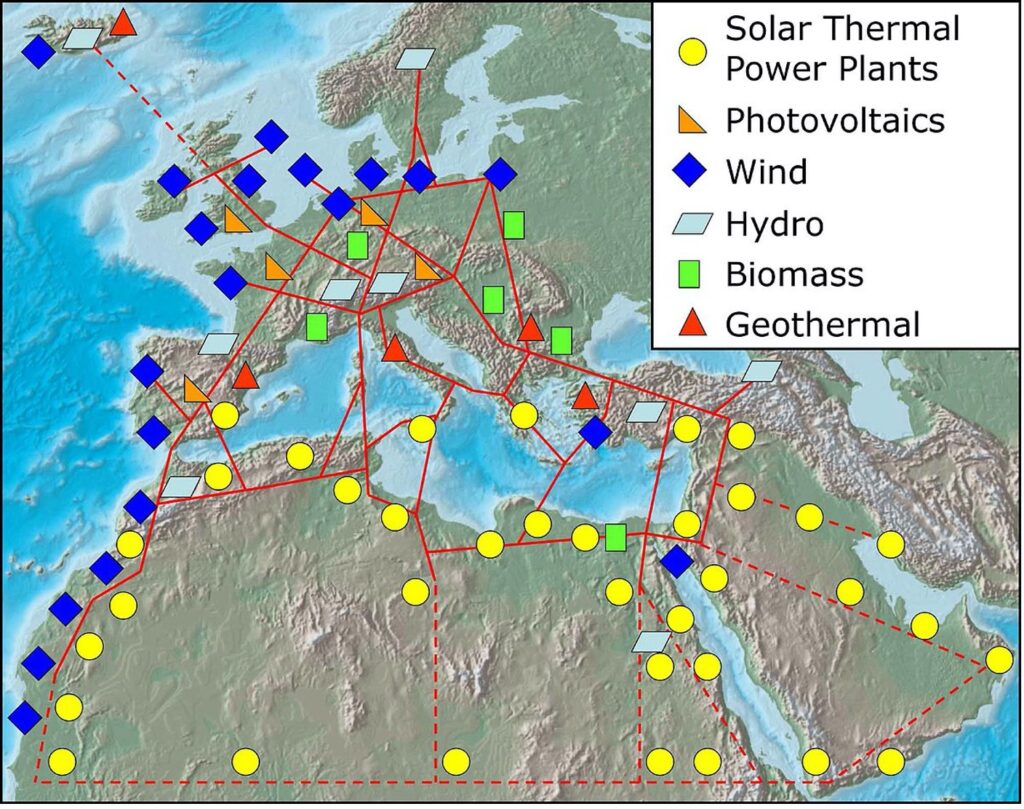
Figure 2. The super-grid for Europe and beyond.
Super grids could support a global energy transition by smoothing local fluctuations of wind energy and solar energy (Figure 2). In this context, they are considered a key technology to mitigate global warming.
A number of renewable energy technologies are discussed briefly in the following (Figure 3).
Renewable Energy Technologies (RET)
- Solar technologies use the energy from the sun to produce heat, light, and power. Solar water heating and passive solar design concepts for our buildings are well-established, mature technologies that together with energy conservation and efficiency measures can reduce the energy footprint of buildings. Photovoltaic (PV) technology, installed in buildings or in community spaces, can produce electricity covering individual needs and/or supplying the grid. Batteries can store excess electricity produced by the system to be released at appropriate times when demand is high. Here ICT technologies can negotiate the time lag between supply and demand coordinating and controlling energy flows and communicating with users towards more responsive energy attitudes shifting demand and reducing loads. Net metering allows customers to pay only for their net electricity, i.e. the amount of power consumed minus the power generated by their photovoltaic system.
- Wind energy is widely employed today, both onshore and offshore, and wind turbines, large and small produce electricity in ever-increasing quantities enabling grids to reduce fossil fuel dependence. Careful design, sizing, and siting are mandatory to avoid pressures on the fragile environment, physical and aesthetic, of islands.
- Geothermal heat pumps move heat between homes and the earth. They use the relatively stable temperature of the shallow ground to heat buildings in the winter and keep them cool during the hot summer months. Well-established technologies are employed, much like the refrigerator uses electricity to keep the interior cool and dispense heat into the environment. Geothermal electricity production exploits high enthalpy reservoirs deep in the earth’s crust to draw hot water and/or steam from wells to drive steam turbines for power production through electric generators. Returning the geothermal water back to the reservoir allows for an environmentally benign energy cycle.
- Biomass energy is derived from organic matter of plants and/or waste. It can produce electricity in large quantities replacing coal and eliminating environmental pressures. It also has a zero-carbon footprint since the quantity of CO2 released in the atmosphere is previously captured through photosynthesis. The decay of biomass in landfills produces methane which can be burned to produce steam for electricity generation. Biomass can also be converted directly to biofuels which replace fossil fuels for transport and power generation. Ethanol, an alcohol produced from the fermentation of biomass high in carbohydrates is a typical example. Ethanol is used as a gasoline additive to meet air quality standards in urban areas. Similarly, biodiesel made from vegetable and animal fats can be used to fuel vehicles and reduce emissions.
- Hydropower is a mature renewable energy source employed worldwide wherever there is running water, up in the mountains or/and in rivers. The kinetic energy of the water is converted to electricity through a hydro-turbine and an electric generator; different sizes and types of hydro turbines can accommodate differing available hydropower. Through the employment of two reservoirs, wherever this is feasible, hydropower enables the indirect storage of electricity by pumping water to the upper reservoir in periods of low demand, releasing the water to the lower reservoir to produce electricity when power is needed.
- Wave and tidal energy can also be employed to produce electricity through mechanical devices and significant advances have materialized during the last decades in this renewable energy. They need favorable conditions and scale dynamics to be profitable and are well suited for island grids away from mainland networks. To convert tidal energy to electricity a dam is needed to force the water through hydro-turbines to activate an electric generator.
Figure 3. Renewable Energy Technologies.
The wide dispersion of RES in the environment favours the adoption of community-based initiatives for the exploitation of the resource. The fragile nature of islands with the geographical and social distance from the mainland makes imperative the collective addressing of the energy problem and the establishment of energy communities promotes this concept. Energy communities can support the smooth operation of the island grid through RES parks, employing wind turbines, photovoltaics, hydropower, geothermal heat pumps, together with battery systems, etc. which enhances a feeling of bonding and social togetherness and at the same time supports the solidarity-based economy and innovation in the energy sector of the islands (2, 3).
REACT is a European project that addresses all the above issues for the island communities of Europe and adds a significant addition in the form of the ICT coordination and operation of the demand and supply response to predict, control, and manage the island grid (4). It brings innovation to the way RES technologies are employed and coordinated in the island grid and supports and enhances a level of understanding of the significance of the transition to the decarbonized energy future with the involvement of the people at the local level.
Three islands act as pilots where RES technologies are being implemented, whereas the follower five islands will provide for a wider basis of learning, transferring know-how and expertise, both at the technical and the social level, to the multitude of the island communities.
References
- United Nations, Dept of Economic and Social Affairs, Transforming our world: the 2030 Agenda for Sustainable Development, 2015. https://sdgs.un.org/2030agenda.
- Energy Communities. https://enercommunities.eu/
- Mulgan Geoff, The Art of Public Strategy, 2009
- REACT, https://react2020.eu/
